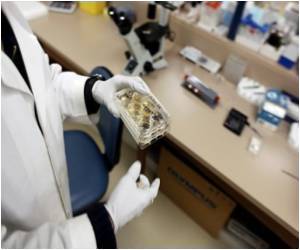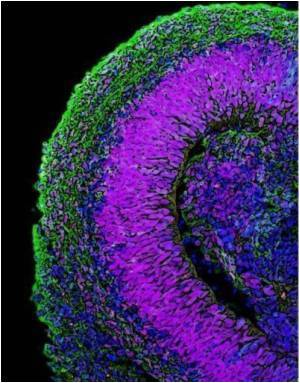A major part of human embryonic stem cell research conducted in the United States is being funded by individual states rather than the federal government, according to a recent study.

"While the federal government still contributes more to stem cell research overall, each year since 2007 these six states have funded more human embryonic stem cell research than the federal government," said Aaron Levine, assistant professor at Georgia Tech.
Levine created an online searchable database (http://www.stemcellstates.net/) that allows users to find detailed information about each grant given out by the six states that adopted programs specifically to fund stem cell research. The database currently covers grants given out by California, Connecticut, Illinois, Maryland, New Jersey and New York from December 2005 to December 2009, and will be updated yearly with new information.
"From what I could tell, only a relatively small portion of the stem cell research supported by these states was clearly ineligible for federal funding," said Levine, who is on the faculty of the School of Public Policy in the Ivan Allen College of Liberal Arts.
Levine reasons this could be a result of the fact that there are many incentives for scientists to work with existing human embryonic stem cell lines rather than creating new ones.
He said he was surprised at how great the difference was among states in the share of grants that supported human embryonic stem cell research. While Connecticut and California devoted 97 percent and 75 percent of their grants to this research, New Jersey and New York steered only 21 percent to this contentious field.
Advertisement
"There's no question that these state programs drew a lot of scientists into the field," said Levine. "An interesting question going forward is how committed these scientists are to stem cell research or if they are relating their work to stem cells now simply to be eligible for state funding – that's unknown right now."
Advertisement
Source-Eurekalert










